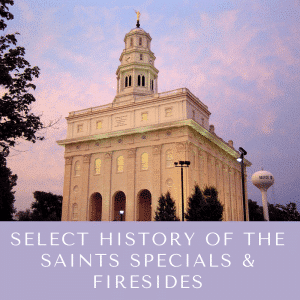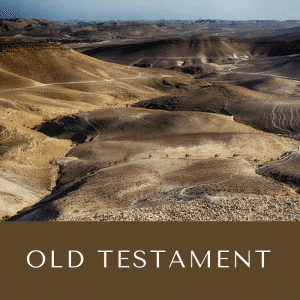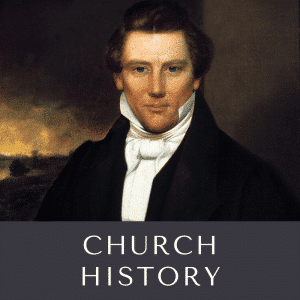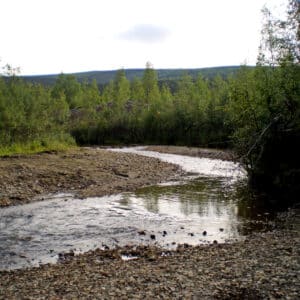Description
Valley of Neander
Joachim Neander was born in 1650 in Bremen, Germany, the son of a Latin teacher. When he was just a teenager, his father passed away. In 1666, Neander enrolled in the university in his hometown of Bremen. His course of study was theology, but his heart was not in it. It was said of him, “his student life was spent in vanity of the mind, forgetfulness of God, and the eager pursuit of youthful pleasures.”
Near the end of his studies in 1670, a new preacher of the pietists separatist movement came as pastor of St. Martin’s Church. Neander and two of his friends went to hear Theodore Under-Eyck preach. They came “in order to criticize and find matter of amusement.” Neander came to mock and stayed to pray. He was converted.
In 1674, Neander accepted a position as rector of a Latin school in Dusseldorf, Germany, where he proved exceptional as a teacher of Latin and a preacher of the gospel. Perhaps he was too influential, as the leaders and ministers were reportedly jealous and offended by his actions. They suspended him from the classroom and the pulpit. His students would likely have protested the action, but Neander encouraged submission.
During his time in Dusseldorf, Neander had developed a love of nature. There was a valley along the Dussel River that he often visited. There he took long walks where he would pray and write. Under the inspiration of the creations of the Almighty, Joachim Neander wrote most of his 60+ hymns. One of those hymns, written during his troubled times, has been described by John Julian as “a magnificent hymn of praise to God, perhaps the finest creation of its author, and of the first rank in its class.”
What is this masterpiece hymn written by 28-year-old Joachim Neander? “Praise to the Lord, The Almighty.” It reads:
Praise to the Lord! The Almighty, the King of creation! O my soul, praise him, for he is thy health and salvation! All ye who hear, now to his temple draw near, Join me in glad adoration! Praise to the Lord! Who o'er all things so wondrously reigneth, Shelters thee under his wings, yea so gently sustaineth; Hast thou not seen how thy desires e'er have been Granted in what he ordaineth? Praise to the Lord! Who doth prosper thy work and defend thee, Surely his goodness and mercy here daily attend thee; Ponder anew what the Almighty can do If with his love he befriend thee! Praise to the Lord! Oh let all that is in me adore him! All that hath life and breath, come now with praises before him! Let the Amen sound from his people again, Gladly for aye we adore him!
The hymn itself is enough, but knowing that it was inspired under the shadow of rocky crags by the peace of a flowing river, in times of pain and humiliation, makes it even more meaningful to those who have likewise been inspired.
There is one more bit of irony. The name “Neander” means “new man,” and so much did Neander frequent that valley that the locals came to call it Neandertal in German, or Valley of Neander. This masterful hymn of praise of the Almighty was written in the same valley where in 1856 the fossilized remains of a partial human skeleton were found. This skeleton led scientists to conclude that they had found a new man — an archaic subspecies of humans — Neanderthal Man.
Sources:
https://melodypublications.com/blogs/news/praise-to-the-lord-the-almighty-joachim-neander
https://hymnary.org/person/Neander_Joachim
https://www.biblicalcyclopedia.com/N/neander-joachim.html
Julian, John (1892). A Dictionary of Hymnology. . Scribner’s Sons. pp. 683















